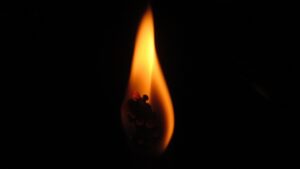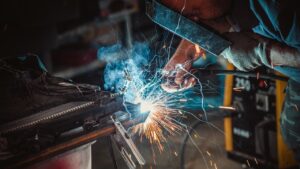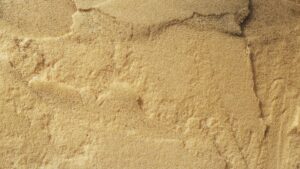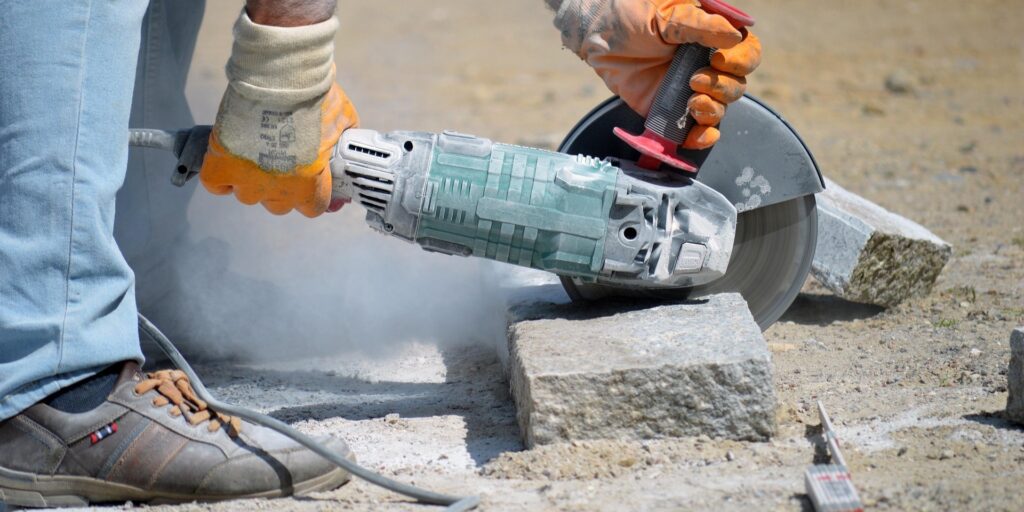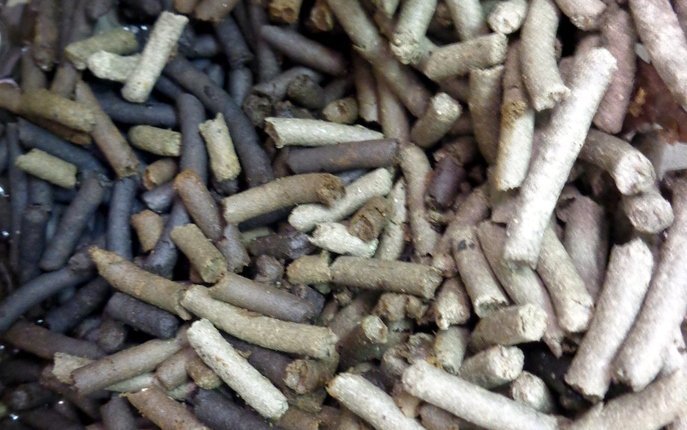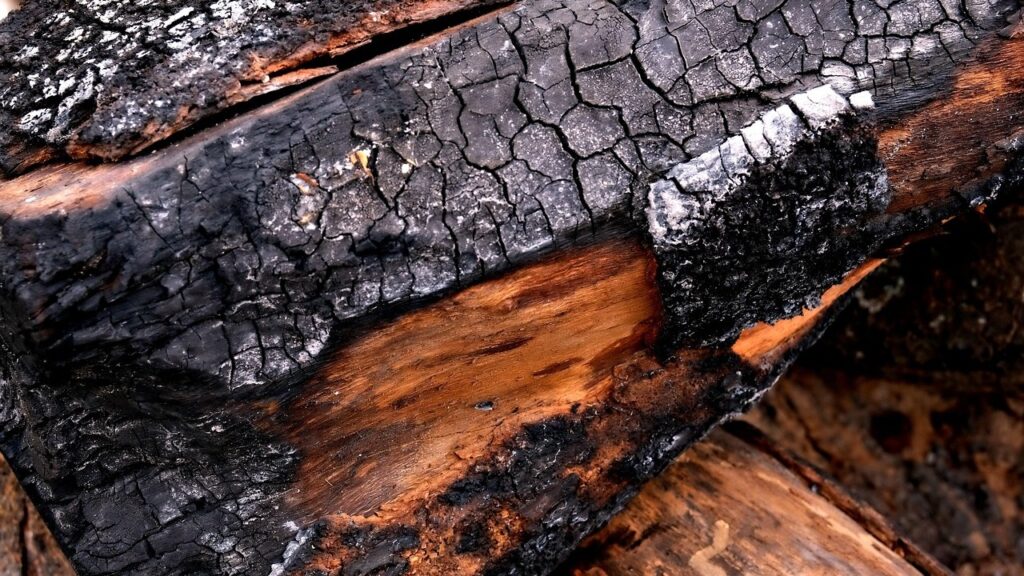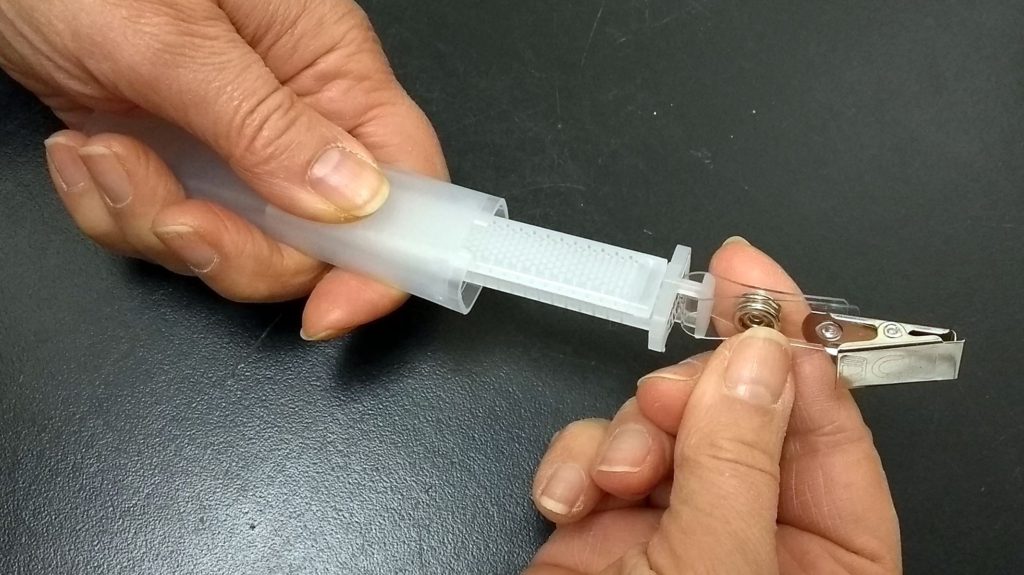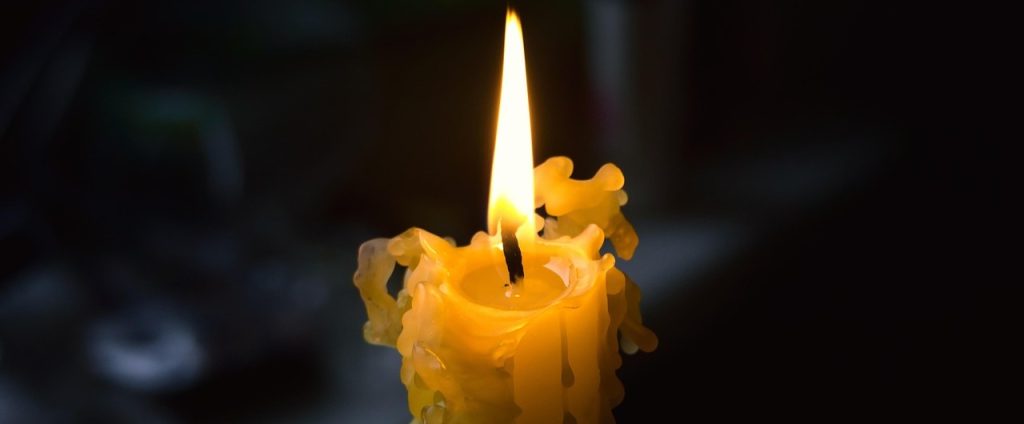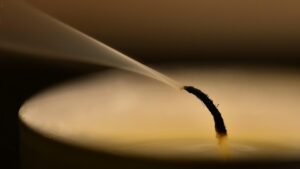 Candles are open-flame consumer products, and if improperly designed, they can cause fires, burns, and indoor air contamination. At LCS Laboratory, we offer a full suite of fire safety and emission testing services to help candle manufacturers, importers, and private label brands comply with Canadian and international regulations—and keep consumers safe.
Candles are open-flame consumer products, and if improperly designed, they can cause fires, burns, and indoor air contamination. At LCS Laboratory, we offer a full suite of fire safety and emission testing services to help candle manufacturers, importers, and private label brands comply with Canadian and international regulations—and keep consumers safe.
ASTM F2058 – Candle Label Requirements
This standard outlines how to properly label candles with essential safety instructions. We verify:
• Proper warning symbols and icons
• Placement and durability of the label
• Inclusion of burning instructions and hazard information
ASTM F2417 – Candle Fire Safety Standard
This is the core fire safety standard used in North America and often required by online stores like Amazon. It evaluates whether a candle:
• Produces a controlled flame height
• Burns in a stable and predictable manner
• Does not exhibit dangerous behaviour such as flare-ups, side ignition, excessive dripping, or tipping over
• If the candle has a coating or is in a glass or plastic container, its heat resistance is also tested
SOR/2016-165 – Spontaneous Reignition (Canada)
Under Canada’s Consumer Product Safety Act, a candle must not reignite spontaneously after being extinguished. This test ensures your candle:
• Can be safely extinguished
• Does not pose delayed fire hazards
ASTM F2179 – Glass Candle Container Thermal Stability
This test ensures that the glass candle container does not break or crack under repeated heating and cooling. It ensures that your candle:
• Does not crack under normal operating conditions
• Does not fall
• Does not spill overheated wax
Candle Container Surface Temperature Test
While not formally regulated for candles, this is a common-sense requirement similar to standards for other household items like heating appliances and electrical devices. If the surface temperature exceeds 55–60°C, it can:
• Burn the user’s fingers on contact
• Cause the candle to be dropped and spill boiling hot, ignitable wax
Flash Point Testing of Candle Wax (ASTM D56)
We determine the flash point of your candle wax using standard closed-cup methods. The flash point must be:
• Well above the surface temperature of the candle container
• Sufficient to avoid auto-ignition of wax vapours and prevent spontaneous fire under normal or elevated use conditions
ASTM F2326 – Visible Soot Emission Test
This standard evaluates whether a burning candle produces visible black soot, which can stain walls and ceilings, contaminate the air, and indicate incomplete combustion.
The test is purely qualitative and barely reproducible.
Comprehensive Emission Study of Burning Candles
Our in-house method offers a complete chemical profile of candle emissions. We analyze the smoke produced by a burning candle for:
• Soot particles
• Volatile Organic Compounds (VOC) using gas chromatography and mass spectrometry
• Lead and heavy metals (if the wick is reinforced with wire)
• Formaldehyde
• Polycyclic Aromatic Hydrocarbons (PAH)
• Carbon monoxide (CO)
• Nitrogen oxides (NO and NO₂)
This study ensures your candle burns cleanly and safely and provides laboratory data for product development, certification, and regulatory submission. To support your efforts in creating a safe product, we can use the lab results to calculate a predictive model of hazardous smoke accumulation in a typical room.
VOC Content in Candle Wax
This test is recommended as a quality control measure for new batches of wax to ensure they meet your specifications. While there is no formal requirement or specification for acceptable VOC or solvent content, it should be controlled because:
• High levels of VOCs can reduce the wax’s melting point, causing deformation in storage and spills during use
• VOCs in wax reduce the flash point and can create a flammable atmosphere above the wax pool
• They emit potentially hazardous vapours and decrease indoor air quality
Are You Ready to Test Your Candle Products? Please contact us today to book your testing or discuss custom testing packages. We’re here to help your products meet the highest standards of fire and emission safety.



